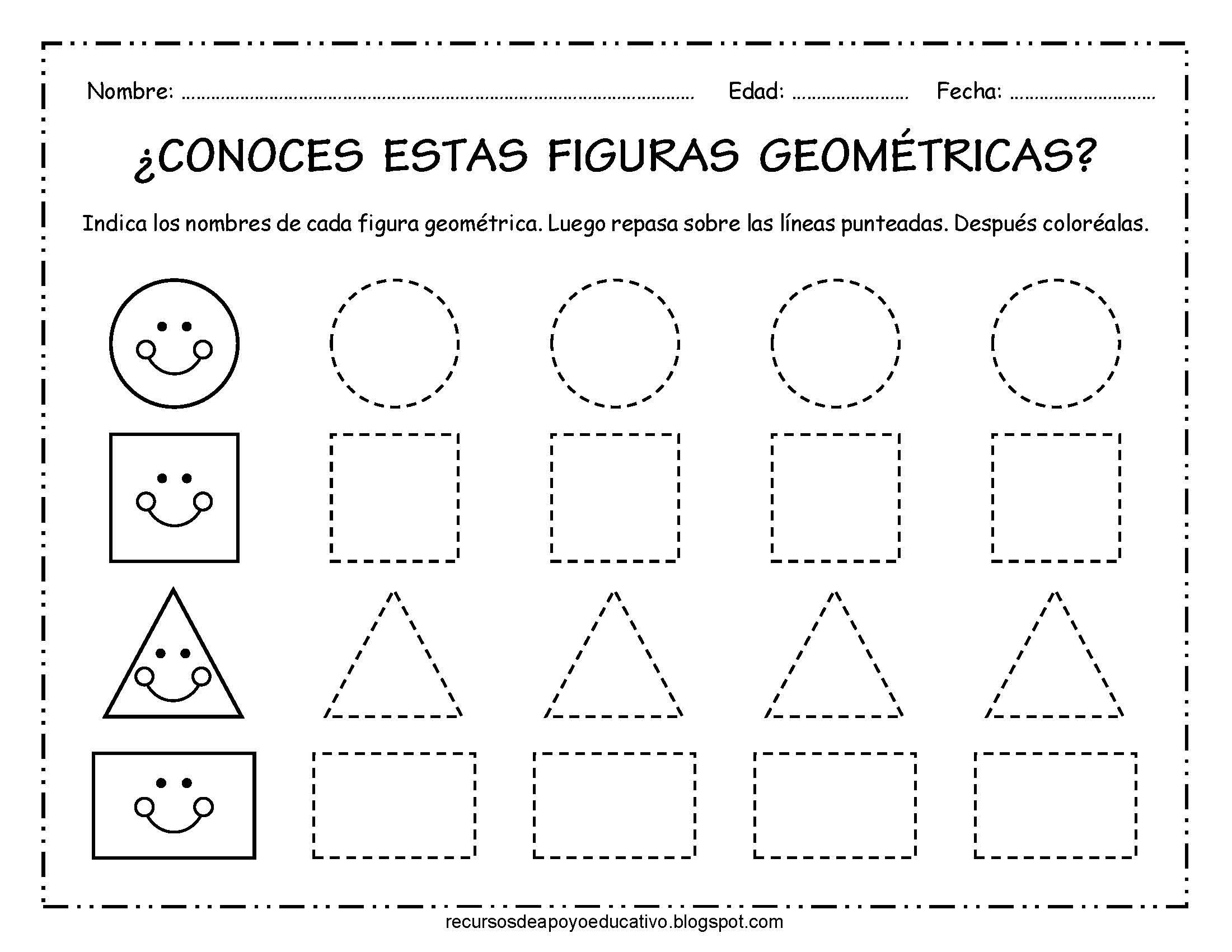Unlocking Potential: Pre-Writing Strokes for 5-6 Year Olds
Want to give your 5 or 6-year-old a head start in writing? It all begins with mastering pre-writing strokes! These fundamental lines and shapes form the building blocks for letters and numbers, paving the way for confident and legible handwriting. This comprehensive guide will explore the world of pre-writing practice for children aged 5 and 6, providing you with the knowledge and resources to support their development.
Pre-writing strokes, also known as pre-writing lines or patterns, are the basic movements children need to learn before they can form letters and numbers correctly. Think of them as the foundation upon which writing skills are built. These strokes include simple lines, curves, and shapes like vertical lines, horizontal lines, circles, and diagonal lines. Mastering these strokes helps children develop the fine motor control, hand-eye coordination, and muscle strength necessary for successful writing.
The development of pre-writing skills begins early in a child's life, often starting with scribbling and drawing. As they grow, children progress to more controlled movements and begin to imitate lines and shapes. By ages 5 and 6, children should be refining their pre-writing strokes and starting to connect them to form simple letters and numbers. This stage is crucial as it prepares them for formal writing instruction in school.
The importance of pre-writing practice cannot be overstated. It lays the groundwork for fluent handwriting, which in turn impacts academic performance, communication skills, and even self-esteem. Children who struggle with handwriting may experience frustration, difficulty keeping up with schoolwork, and a reluctance to write. By focusing on pre-writing skills early on, parents and educators can help children avoid these challenges and foster a love for writing.
One common issue related to pre-writing development is inadequate practice. In today's digital age, children may spend less time engaging in activities that develop fine motor skills. It's important to provide ample opportunities for children to practice pre-writing strokes through fun and engaging activities, such as tracing, coloring, drawing, and playing with manipulative toys like playdough.
Several benefits arise from practicing pre-writing patterns. First, it strengthens fine motor skills, which are essential for controlling the small muscles in the hands and fingers. Second, these exercises improve hand-eye coordination, allowing children to accurately guide their hand movements based on what they see. Lastly, they build a foundation for proper letter formation, setting the stage for neat and legible handwriting.
A simple action plan for incorporating pre-writing practice involves setting aside dedicated time each day for activities like tracing worksheets, drawing shapes, and using playdough to create letters. Successful examples include using dry-erase boards for repeated practice and incorporating pre-writing exercises into playtime.
A step-by-step guide for practicing a circle stroke might involve: 1. Starting at the top, 2. Moving the pencil or crayon clockwise in a curved motion, and 3. Connecting the end point to the starting point.
Recommended apps include "Little Writer" and "Tracing Fun." Books like "My First Workbook" and "Pre-K Writing Activities" can provide structured practice.
Advantages and Disadvantages of Focusing on Pre-Writing Strokes
| Advantages | Disadvantages |
|---|---|
| Improved fine motor skills | Can be repetitive if not presented engagingly |
| Better hand-eye coordination | May require dedicated time and resources |
Five best practices include: 1. Making it fun, 2. Using a variety of tools, 3. Providing positive reinforcement, 4. Starting with simple strokes and gradually increasing complexity, and 5. Incorporating pre-writing activities into daily routines.
Examples of pre-writing activities include: tracing lines on sandpaper, forming letters with playdough, drawing shapes in sand, completing dot-to-dot puzzles, and copying patterns.
Challenges can include a child's lack of interest or difficulty with certain strokes. Solutions involve making the activities more engaging, breaking down complex strokes into smaller steps, and providing plenty of encouragement and support.
FAQs: What are pre-writing strokes? Why are they important? How can I help my child practice? What if my child struggles? What resources are available? What are some fun activities? How long should we practice each day? When should my child start practicing?
Tips and tricks include using colorful markers, incorporating music, and creating games around pre-writing activities.
In conclusion, pre-writing strokes are the essential foundation for developing strong writing skills in 5 and 6-year-olds. By understanding the importance of these fundamental strokes and providing engaging opportunities for practice, parents and educators can equip children with the tools they need for future writing success. The benefits extend beyond improved handwriting, impacting academic performance, communication abilities, and even self-confidence. Making pre-writing practice a fun and regular part of a child's routine will pay dividends in their overall development and set them on the path to becoming confident and capable writers. Invest in their future by investing in their pre-writing skills today. Start with simple activities, celebrate their progress, and watch them flourish as they develop this crucial skill.
Elevate your journey exploring the world of pre owned chevy colorado 4x4 trucks
Cimb user id mia heres how to crack the case
Conquer excel chaos obliterate blank rows like a pro














